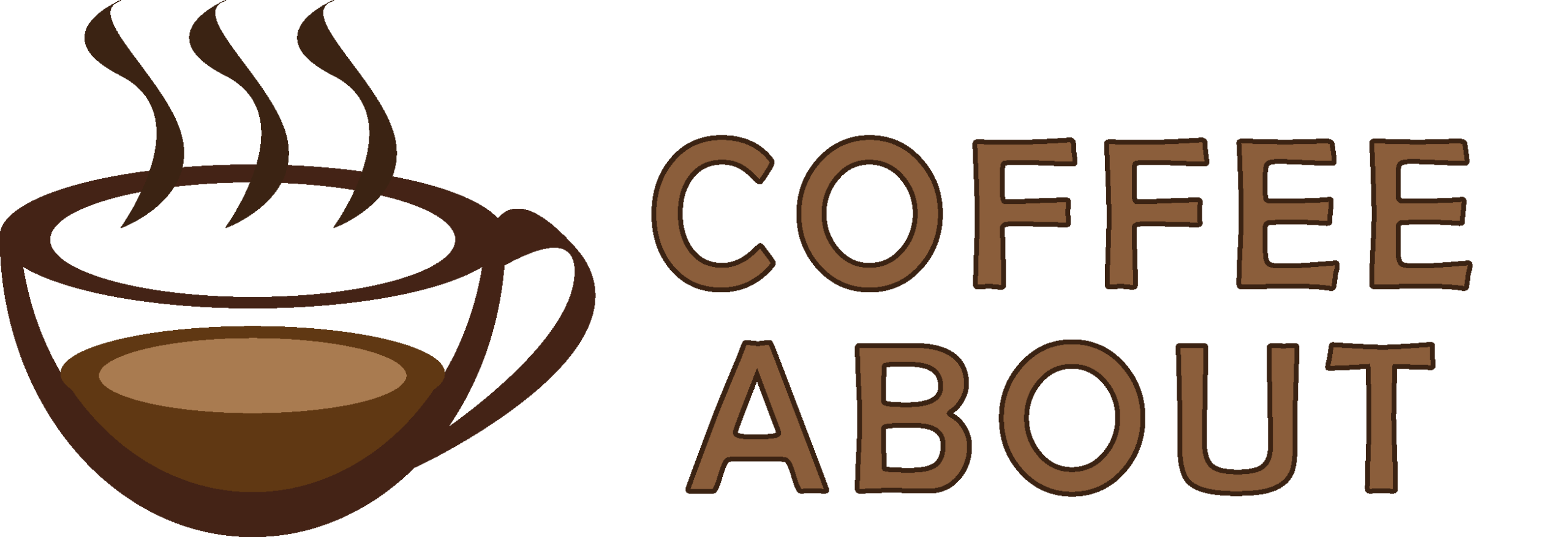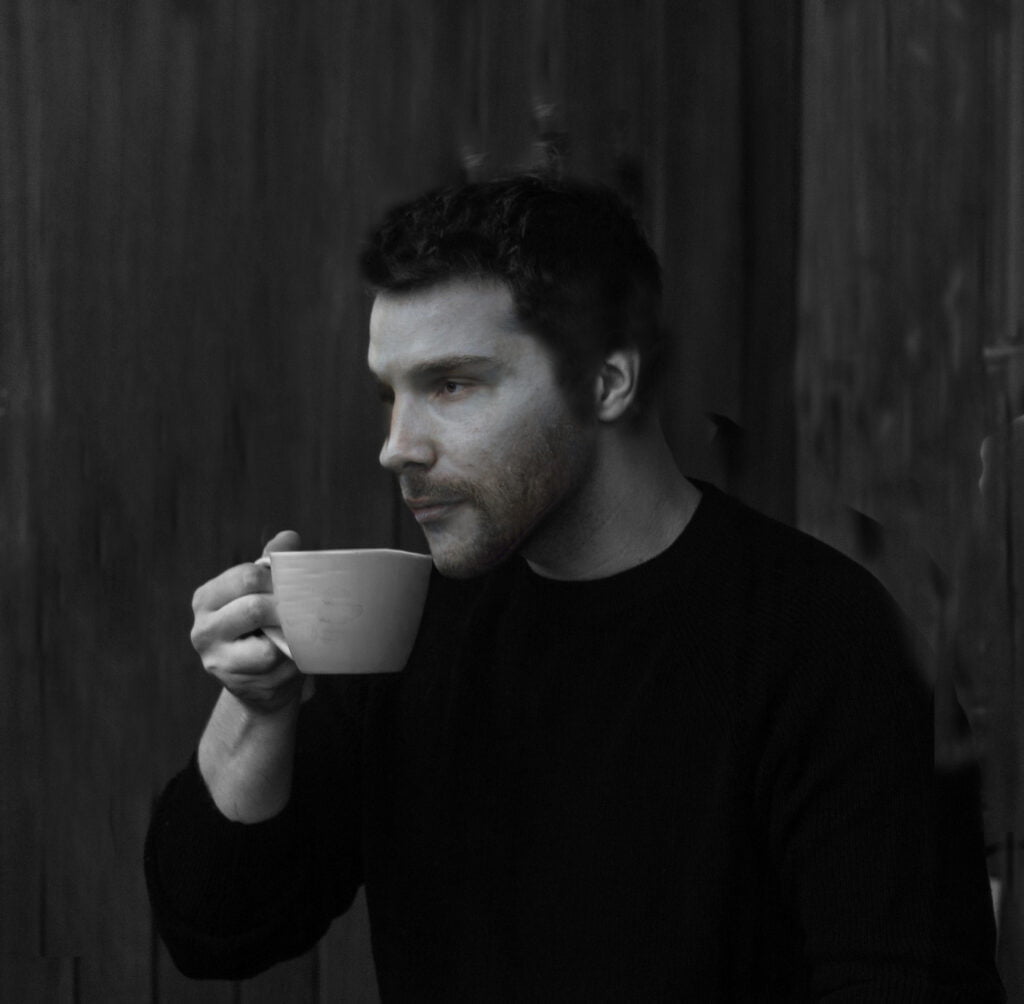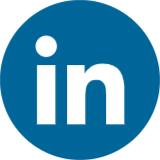A single shot of Espresso has 60-72 mg of caffeine and a double shot has 120-133 mg of caffeine. While a regular 8-ounce cup of coffee has 80-120 mg of caffeine. The caffeine content can vary depending on the type of the beans.
So, typically two shots of Espresso equals the caffeine content in the cup of regular brewed coffee. But a serving size of brewed Coffee is around 8 ounces while a double shot of Espresso is only 2 ounces.
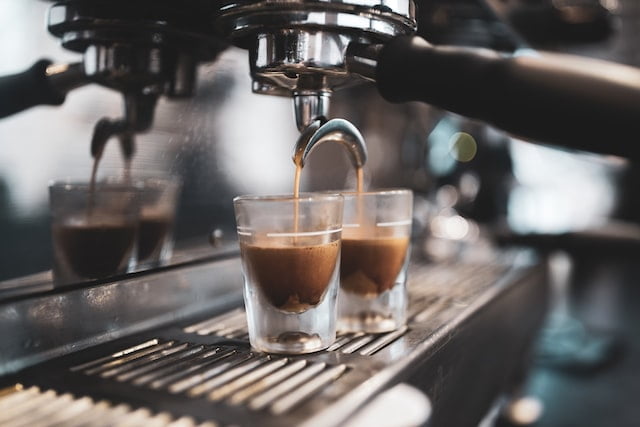
What is Espresso?
Espresso is a unique coffee brewing method that involves passing hot water under high pressure (9 bars or more) through finely ground coffee. This yields a small (1-1.25 oz) but intense shot with thick crema and complex flavors compared to other brew methods.
Due to its concentration, espresso has a higher caffeine content per ounce than regular coffee. However, since it’s served in smaller portions, a single shot of espresso often contains less total caffeine than a full cup of brewed coffee.
Espresso originated in Italy and serves as the base for many popular coffee drinks like lattes, cappuccinos, and Americanos.
Caffeine Content in Espresso and Other Coffee Drinks
| Drink | Caffeine Content |
|---|---|
| Single Espresso (1-1.25 oz) | 60-72 mg |
| Double Espresso (2-2.5 oz) | 120-133 mg |
| Decaf Espresso (1-1.25 oz) | 2-3 mg |
| Brewed Coffee (8 oz) | 80-120 mg |
| Cappuccino (6 oz) | 120-133 mg |
| Latte (8 oz) | 120-133 mg |
| Cold Brew Coffee (16 oz) | 197-213 mg |
According to USDA, a shot of Espresso has 60-72 mg of caffeine with a typical serving size of 1 to 1.5 ounces, while a double shot of Espresso has 120-133 mg of caffeine with a typical serving size of 2 to 2.5 ounces.
Many Espresso-based drinks such as Cappuccino, Latte, or Americano are prepared with at least a double shot of Espresso so they have around 120 mg of caffeine.
A triple espresso shot contains about three times the caffeine of a solo shot – around 200 mg typically. Triple shots aren’t as common as solo or double espresso, however, some specialty coffee chains like Starbucks offer a triple shot base in some of their extra-large lattes and cappuccinos.
For comparison, a regular 8-ounce cup of brewed coffee has 80-120 mg of caffeine. But it depends on several factors like brewing method, type of coffee beans, the size of the cup, and the amount of coffee used while brewing a cup.
There are many different popular brewing methods like French Press, pour-over, and Cold Brew. Each of these methods has a different brewing style which can affect the amount of caffeine in the drink.
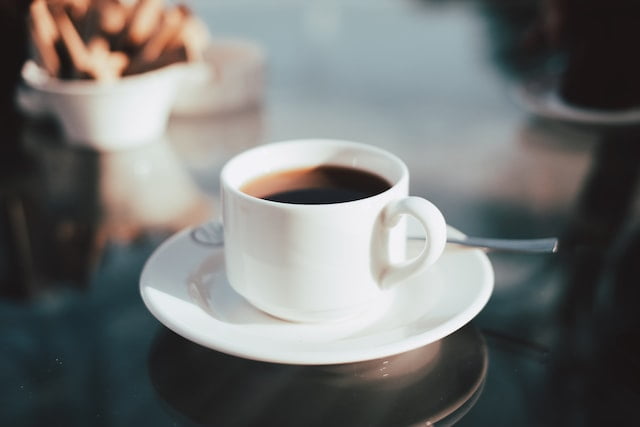
What factors influence the caffeine content in espresso?
The amount of caffeine in espresso mainly depends on the type and origin of coffee beans.
Robusta beans, which are generally considered to be of lower quality, actually have more caffeine than Arabica beans, which are more popular with coffee enthusiasts.
Robusta beans contain 18-20 milligrams of caffeine per gram, while Arabica beans contain 10-12 milligrams of caffeine per gram.
Espresso is typically made with a blend of Robusta and Arabica blends that’s also the reason why it’s so much concentrated in caffeine.
The roast style of beans has also a slight effect on the caffeine content. Light Roasted beans have a little more caffeine compared to dark roasted beans.
Amount of Caffeine in Starbucks Espresso and Coffee drinks
Here’s a complete breakdown of caffeine content in popular Starbucks Coffee and Espresso drinks
| Name of Drink | Short (8 oz) | Tall (12 oz) | Grande (16 oz) | Venti (20 oz) |
|---|---|---|---|---|
| Blonde Caffè Latte | 85 mg | 85 mg | 170 mg | 170 mg |
| Blonde Espresso | 85 mg (Solo) | 170 mg (Doppio) | ||
| Caffe Latte | 75 mg | 75 mg | 150 mg | 150 mg |
| Espresso | 75 mg (Solo) | 150 mg (Doppio) | ||
| Pike Place Brewed Coffee | 155 mg | 235 mg | 310 mg | 410 mg |
| Dark Roast Brewed Coffee | 130 mg | 195 mg | 260 mg | 340 mg |
| Cold Brew | 155mg | 205 mg | 310 mg | 360 mg |
| Iced Coffee | 120 mg | 165 mg | 235 mg | 285 mg |
| Decaf Coffee | 15 mg | 20 mg | 25 mg | 30 mg |
Is Espresso Stronger Than Coffee?
Yes, Espresso is almost 6 times more stronger and potent compared to regular Coffee. Typically, brewed cup of coffee has 7.8 to 15.5 mg of caffeine per ounce while Espresso has 60 mg of caffeine per ounce.
Sure, you will get a larger dose of caffeine if you drink a regular 8-ounce cup of coffee than a single shot of Espresso. But if we talk ounce for an ounce then Espresso has more caffeine.
Usually, we like to have a bigger cup – somewhere between 6 to 12 oz. That’s why we get a bigger dose of caffeine when we drink our regular coffee compared to a single shot of Espresso.
How many shots of espresso is unhealthy?
In general, it is recommended that adults should not consume more than 400 milligrams of caffeine per day, which is roughly equivalent to four to six shots of espresso. [Source]
However, there is no one-size-fits-all answer to this question, as the amount of espresso that is considered unhealthy can vary depending on a number of factors, such as a person’s age, sex, weight, and overall health.
Espresso has several health benefits when consumed in moderation. Despite that excess of everything is bad so does apply to Espresso.
Read a detailed guide on how much Espresso is unhealthy
Why Is Espresso Served In Small Quantities?
Espresso is much more concentrated and has more intense flavors. You do not really need much of it per serving. Moreover, espresso contains no fewer coffee beans than a standard 8-ounce cup of coffee, it just has a lesser amount of water.
Imagine having an 8oz cup of espresso, you’ll need too many coffee beans for that and the flavors will be strong enough to give you panic attacks and might also upset your stomach.
When Americans came to Europe after the Second World War they didn’t like the intense shots of Espresso which were typically served in Cafes around Europe. So, they started ordering espresso shots with added hot water on top, and this became known as Americano coffee.
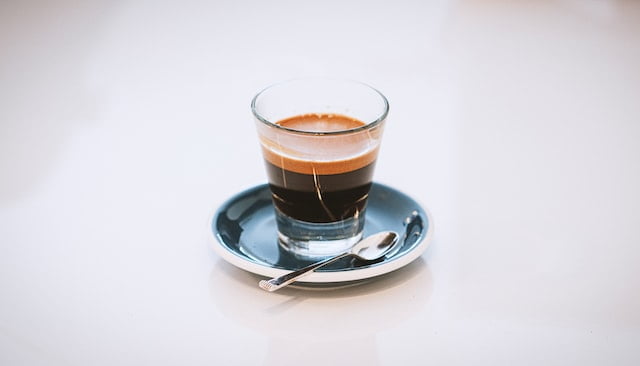
Final Thoughts
And that’s the skinny on caffeine in your espresso! Now that you know a solo shot packs about 70mg of caffeine; the coffee’s favorite stimulant, you can dial in your daily intake.
Got any other espresso caffeine questions? Let me know in the comments! I’d love to hear your favorite high-octane beans for an afternoon pick-me-up dose of coffee fuel.
FAQs
Does Decaf Espresso have Caffeine in it?
Decaf espresso does contain a small amount of caffeine, around 2-3 mg per serving. The decaffeination process removes around 97% of the caffeine from the beans, so you’ll get a thicker espresso texture without the full jolt.
Can you sleep after drinking Espresso?
No, generally it’s not recommended to drink espresso before sleeping. The Caffeine content in Espresso might disrupt your sleeping cycle and cause trouble in sleeping. It is recommended not to take in caffeinated beverages 4-6 hours before sleeping.
Related Espresso articles:
